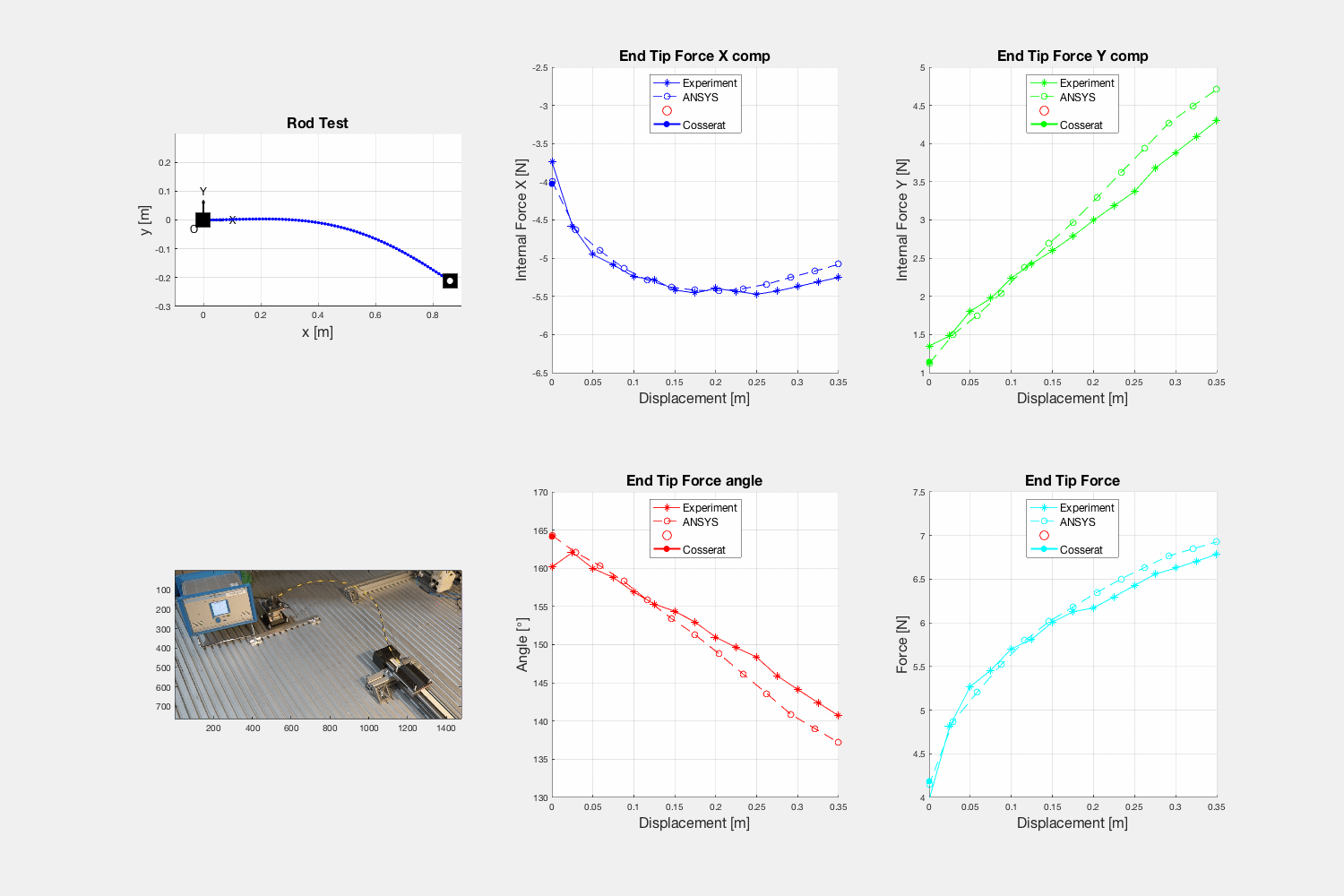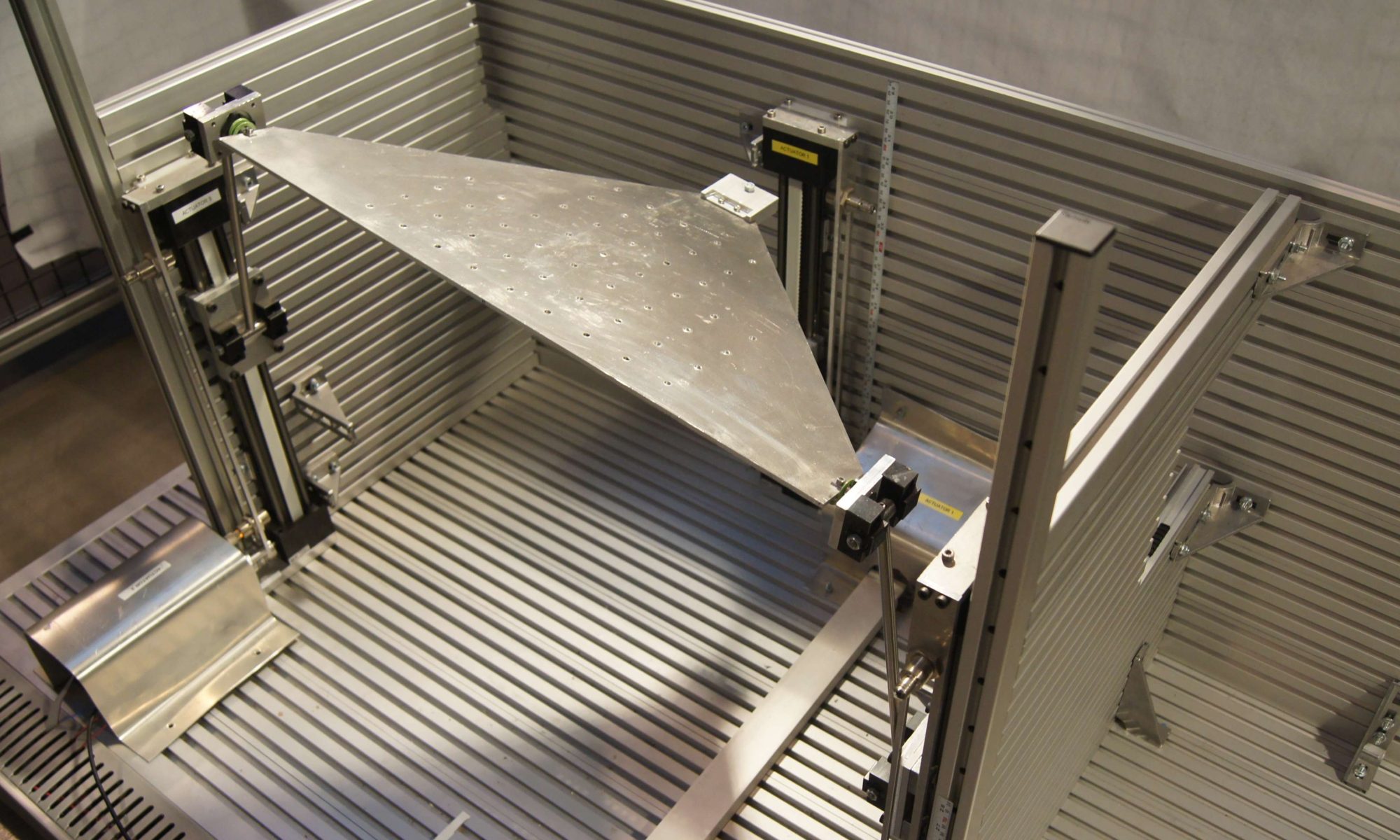Name of the project: FLEXKIN – Ultraflexible parallel mechanisms kinematic characterization
Reference: PID2020-116176GB-I00
Funding: Science and Innovation Ministry, Spanish Government
Period: January2021 – January 2024
Participating Institutions: COMPMECH Research Group (UPV/EHU)
Main researchers: Víctor Petuya and Óscar Altuzarra
Number of participating researchers: 5
The classical Mechanism Theory deals with the kinematics and dynamics of mechanical systems formed by rigid solids joined by kinematic pairs. The deformations that appear once these systems are built must be corrected in practice by means of calibration or experimental correlation. On the contrary, flexible mechanisms are those that obtain their mobility precisely from the flexibility of their elements. With the rise of MEMS in the 1980s, compliant mechanisms became widespread and the first applications of continuum mechanisms in microsurgery soon appeared. This field also captures attention when robotic research turns to human-robot collaboration. The existing kinematic and dynamic models can be grouped into two categories: pseudo-rigid models, applied mainly to compliant mechanisms, and non-linear numerical analysis of complex deformable systems using FEM techniques. Until now, for the design of existing flexible mechanisms its analogy with rigid solid systems has been used, ignoring a series of phenomena typical of flexible systems that affect important kinematic parameters. We propose to introduce in this field a certain systematic and well-structured methodology that supports the design of flexible mechanisms and includes systems with closed kinematic chains, both planar and spatial. In this project, we aim to advance in the establishment of notation, definitions, computation methodologies, description of kinematic and kinetostatic phenomena, optimal synthesis methodologies of flexible mechanisms, and analysis and design of flexible systems with reduced mobility.
1. Testing Flexible Rods
Experimental test bench for material characterization of flexible rods under large bending deformations.
Comparison of end-tip force results from experiments with ANSYS and Cosserat models.

2. 1-DOF Rigid-Flexible Mechanisms
Position analysis of mechanisms with rigid and flexible rods, including evaluation of stability. More information
3. 2-DOF Flexible Mechanisms
Position analysis of flexible planar parallel mechanisms with finding of the multiple solutions. More information
Crossing from one aspect to another through an Instability.
Path planning with changes of workspace due to load and unloading.
4. 3-DOF Flexible Mechanisms
Position analysis of flexible planar parallel mechanisms with 3 degrees of freedom.
Instability phenomena in a 3_PFR flexible mechanism.
